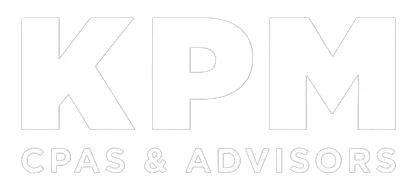Unused paid time off (PTO) can present challenges for both employers and employees. While many organizations strive to promote rest and a healthy work-life balance, busy periods or year-end demands often make it difficult for employees to use all their allotted days. For employers seeking a thoughtful approach to managing unused PTO while supporting your employees’ financial well-being, a PTO contribution program may offer an effective solution.
Retirement Savings Boost
In a nutshell, a PTO contribution arrangement allows employees with unused vacation hours to elect to convert them to contributions to their employer-sponsored retirement plan. If that plan has a properly structured 401(k) feature, it can treat these amounts as pretax benefits similar to normal employee deferrals. Alternatively, the plan can treat the amounts as employer profit sharing, converting excess PTO to employer contributions.
In either case, such an arrangement typically appeals to employees who accumulate substantial unused PTO by year end they don’t want to forfeit. It may be particularly attractive to workers who are focused on building their retirement savings or who prefer additional compensation over extra time off.
Upsides In The Offing
For employers, PTO contribution arrangements often help ease staffing shortages that occur at year end, when many employees take time off for the holidays or simply use up their vacation days. Of course, you could address this issue by either allowing PTO rollovers or, if you already do, increasing your rollover limit.
However, a PTO contribution arrangement may still be a better option. High rollover limits can cause employees to accrue large balances, creating a significant liability on your books. Also, one of these arrangements can help improve recruiting and retention. Many workers today are more focused on growing their investment portfolios — including their employer-sponsored retirement plans — than on amassing PTO.
Challenges To Consider
There’s no doubt that the benefits of PTO contribution arrangements can be compelling. But they bring their fair share of challenges, too.
Setting up and maintaining a compliant program will require close coordination among your HR and payroll staff, as well as with your third-party retirement plan administrator (if you use one). For starters, you’ll have to amend your plan document to include the PTO contribution arrangement feature. Going forward, you’ll need to diligently oversee the arrangement to ensure compliance with IRS rules and other legal mandates.
For example, tax treatment depends on how the arrangement is structured and documented. If the plan doesn’t meet IRS requirements, the value of converted PTO could be treated as taxable wages rather than pretax deferrals or employer contributions.
Also, contributions must comply with the same limits and nondiscrimination rules that apply to other retirement plan deferrals. And you must ensure that elections comply with IRS timing rules governing when PTO is considered earned or vested. Generally, pretax treatment requires that employees make their elections before PTO becomes available for use or cash-out. Don’t forget to review applicable state wage and hour laws, too. Some states restrict the forfeiture or conversion of accrued PTO, which could affect the feasibility of the arrangement.
Last but not least, there’s the issue of staff buy-in. If you don’t clearly explain the arrangement during rollout and follow up regularly about it, many employees might not understand its value. Some may even see it as an attempt to take away PTO. Persistent, positive messaging tailored to your plan participants is critical.
No Headache Required
Unused PTO doesn’t have to be a headache or a liability. Under the right circumstances, a PTO contribution arrangement transforms leftover vacation time into a meaningful financial benefit for employees while helping your organization manage staffing and increase participation in its employer-sponsored retirement plan.
Before making any changes, however, please contact us. We can help you assess whether a PTO contribution arrangement aligns with your organization’s cash flow needs, retirement plan design, and workplace culture.

